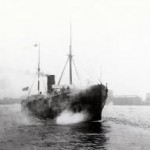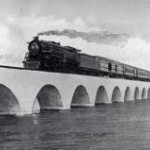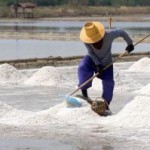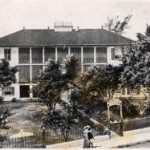FL Div Hist Res
Mallory Steam Line
Charles Henry Mallory formed the Mallory Ship Line in the 1860s. The Mallory Line operated passenger and freight shipping from New York City, through Key West, to Galveston, Texas. The ship line operated seventy ships for their numerous coastal routes. The expansion of the railroad signaled the demise of steamship travel to Key West. That coupled with the advent of automotive travel in the 1920-30s sealed the fate of the Mallory Line. Coastal water shipping declined and Mallory closed in 1941.
Steam Power
From the Industrial Age sprang an engine that would change the world we live in. Steam-powered engines greatly reduced sailing time, produced electricity, and powered railroad transportation. Fresh water heated by a coal fire creates steam and was the fuel of choice in the 19th and 20th century. With its prime shipping location, Key West was a major coaling station. Coal was stored in warehouses called coal depots. This structure is one of the water towers that used to dot the water front.
Salt Production
Necessary as a food preservative in the days before refrigeration, salt was a highly prized commodity. In 1830 Richard Fitzpatrick acquired 100 acres of wetlands and divided the area into large compartments, creating flat drying pans that were periodically flooded with the incoming tide. When the water evaporated, layers of sea salt could be scraped from the pan. Salt was produced this way in Key West until the industry ended with the loss of fifteen thousand bushels washed away by the 1876 hurricane.
Key West Roosters
Probably the most photographed inhabitants of Key West are the multicolored, strutting, crowing roosters seen all over town. Most of the roosters, hens and their offspring are wild but are a routine sight and sound on the streets and backyards of the island. They are descendants of chickens bred for cock fighting in Cuba and the Keys. While today’s roosters are prized for their spectacularly colored plumage they still possess the fighting spirit of their ancestors.
Marine Hospital
At the request of U.S. Navy Commodore David Porter, construction began for a Marine Hospital in Key West in late 1844. The new hospital was completed in less than a year and opened on August 2, 1845. The hospital was equipped with sixty beds. For ninety years the hospital served both civilian and military personnel during the Civil War, Spanish American War, both World Wars, and the yellow fever and influenza epidemics. It closed as a hospital January 1, 1943.




